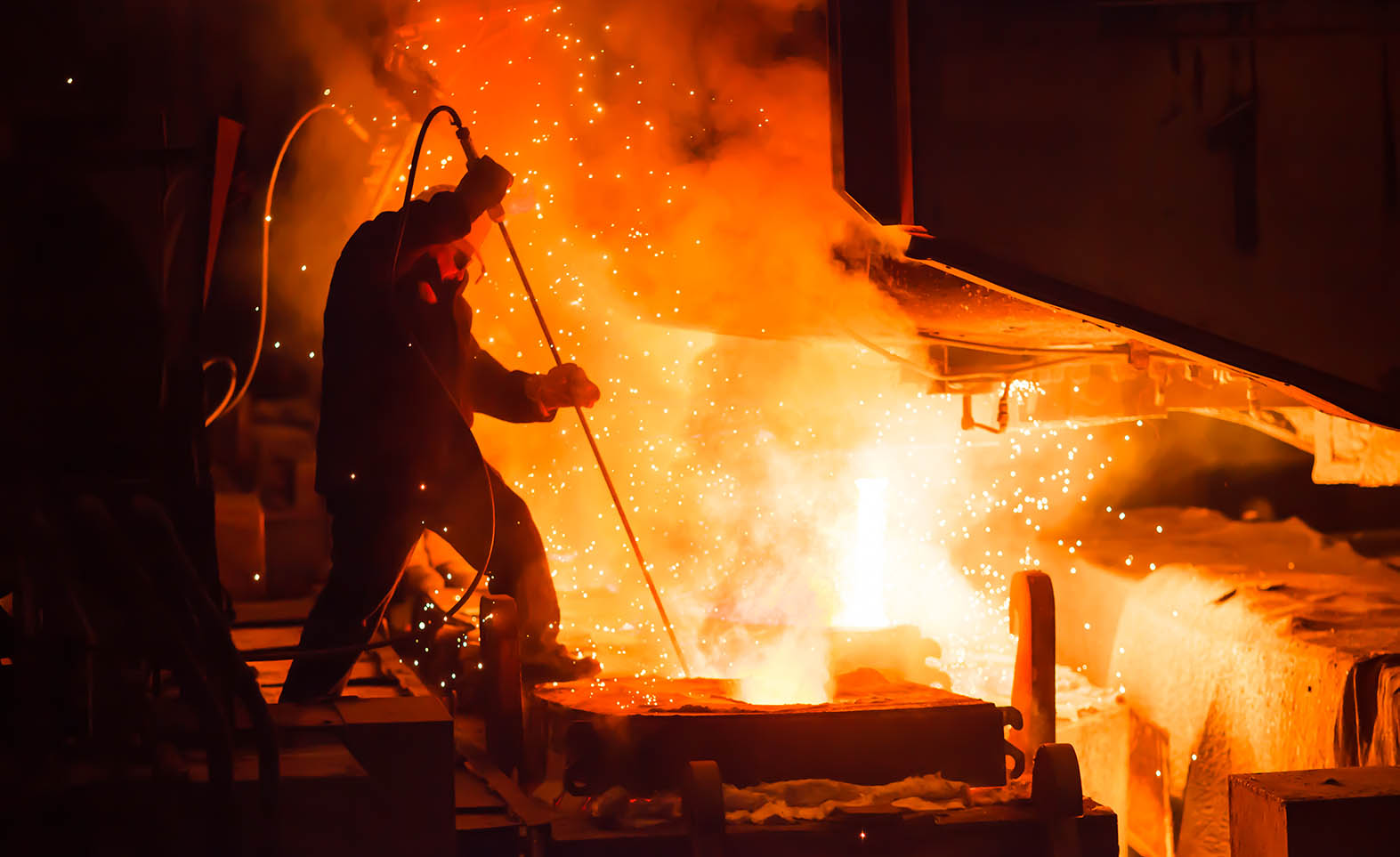
May 23, 2024
Excluding India, the other top four steel-producing nations also recorded year-on-year production drops from January to April
From January to April, India's steel production rose by 8.5% to 49.5 million tonnes, while China's production decreased by 3% to 343.7 million tonnes
High interest rates and inflation have reduced demand from steel-consuming sectors in the Western world, leading to stagnant growth in 2023 and a stable outlook for 2024
India imported 600,000 tonnes of steel from China between January and March, a 60% increase from the previous year

In April, India emerged as the only country among the top five steel producers to record an increase in production, while the others experienced declines of up to 7%. China, the world’s largest steel producer, saw its April output fall by over 7% to 85.9 million tonnes. China’s production reached 343.7 million tonnes from January to April, representing a 3% decrease compared to the same period in 2023, according to the World Steel Association. India, the second-largest steel producer, increased its production by 3.6% to 12.1 million tonnes in April and saw an 8.5% rise to 49.5 million tonnes from January to April. Japan, the United States, and Russia all experienced steel production declines of 2-6% during the same period. Excluding India, the other top four steel-producing nations also recorded year-on-year production drops from January to April. This indicates that while India’s steel consumption remains strong, global steel demand has yet to recover.
High interest rates and inflation have reduced demand from steel-consuming sectors in the Western world, resulting in flat crude steel production growth in 2023, with expectations of stability in 2024. This has negatively impacted the March quarter earnings of many Indian steel-makers, whose selling prices were affected by high steel imports. India imported 600,000 tonnes of steel from China between January and March, a nearly 60% increase from the previous year. Globally, sluggish demand has kept steel prices under pressure, stabilising prices in India. Although this poses challenges for steel mills, weak iron ore and coking coal prices since February have supported their profit margins. The prices of hot-rolled steel coils, used as a benchmark, fell nearly 10% year-on-year in the March quarter but have begun to rise in recent weeks, aligning with global market trends.
While there have been some positive developments, the continued significant exports from China challenge the viability of Indian steel companies, particularly due to unfair pricing. To expand, domestic steel companies must generate sufficient margins. The National Steel Policy 2017 sets a vision for India to increase its production capacity to 300 million tonnes, more than double the current 161 million tonnes. Aligned with this policy and supported by strong domestic demand, most steel-makers are taking steps to expand their capacities.
Source: Economic Times